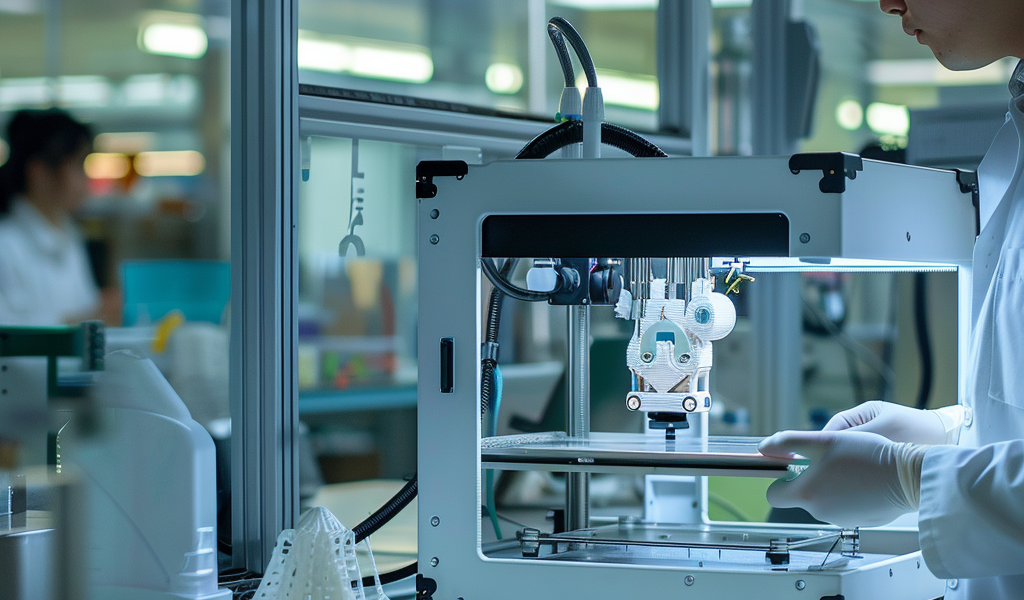MIT Advances 3D-Printed Active Electronics, Paving Way for Semiconductor-Free Manufacturing
In a groundbreaking development, researchers from the Massachusetts Institute of Technology (MIT) have made significant strides toward the realization of fully 3D-printed active electronics. This innovation could revolutionize the way electronic devices are manufactured, moving away from traditional semiconductor-based technologies that dominate the industry today.
Active electronics, which include components capable of controlling electrical signals, typically rely on semiconductors for their functionality. These devices, essential for processing and storing information, are traditionally fabricated in clean room environments using advanced technologies that are not widely accessible. This limitation was starkly highlighted during the Covid-19 pandemic, which triggered a global shortage of semiconductors. The resulting scarcity led to increased costs for consumers and had far-reaching implications across various sectors, from economic stability to national security.
The MIT team’s recent advancements aim to address these challenges by introducing semiconductor-free logic gates, which can perform essential computational tasks. By utilizing standard 3D printing techniques along with a low-cost, biodegradable material, the researchers successfully created fully 3D-printed resettable fuses. These fuses are crucial components of active electronics that typically require semiconductor elements.
Although the performance of these 3D-printed devices does not yet match that of conventional semiconductor transistors, they are capable of executing basic control operations, such as regulating the speed of electric motors. This capability opens the door to a new realm of possibilities in electronics fabrication, enabling a broader range of applications.
“This technology has real legs,” stated Luis Fernando Velásquez-García, a principal research scientist at MIT’s Microsystems Technology Laboratories (MTL) and the senior author of the research paper detailing these devices. “While we cannot compete with silicon as a semiconductor, our aim is not to replace existing technologies but to expand the horizons of 3D printing. Essentially, this initiative is about democratizing technology, allowing individuals and organizations to create smart hardware outside traditional manufacturing hubs.”
Lead author Jorge Cañada, who specializes in electrical engineering and computer science, emphasized the potential impact of this research on the future of electronics. By eliminating the dependency on semiconductors, the team envisions a scenario where businesses, laboratories, and even households could fabricate their own electronic devices with relative ease.
The implications of this research extend beyond mere convenience. By making electronics manufacturing more accessible, the MIT team hopes to stimulate innovation and creativity in various fields, empowering individuals and small enterprises to develop customized solutions tailored to their specific needs.
As the technology continues to evolve, the researchers are optimistic about the future applications of their work. They envision a landscape where 3D printing becomes a standard method for producing not only basic electronic components but also more complex systems that could transform industries ranging from consumer electronics to automotive and beyond.
In conclusion, the MIT team’s pioneering research into 3D-printed active electronics represents a significant leap forward in the quest for more accessible and sustainable manufacturing processes. By harnessing the power of 3D printing, they are charting a course toward a future where electronic devices can be produced with minimal reliance on traditional semiconductor fabrication, potentially reshaping the entire electronics landscape.





